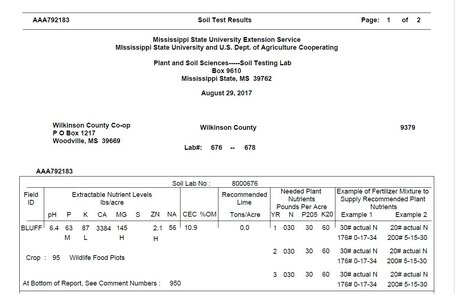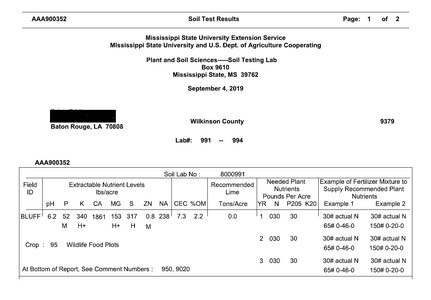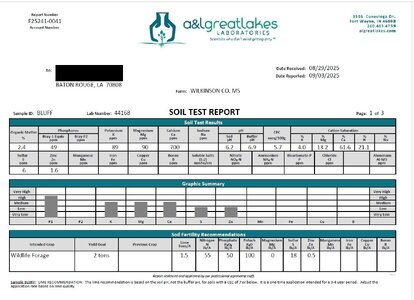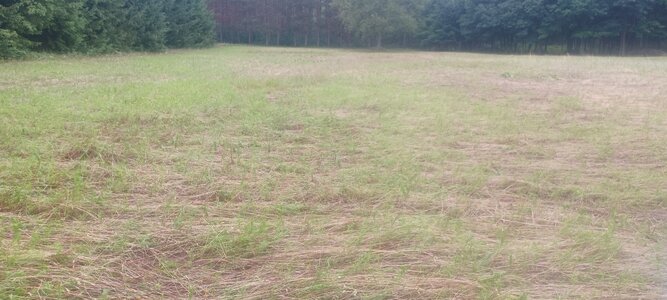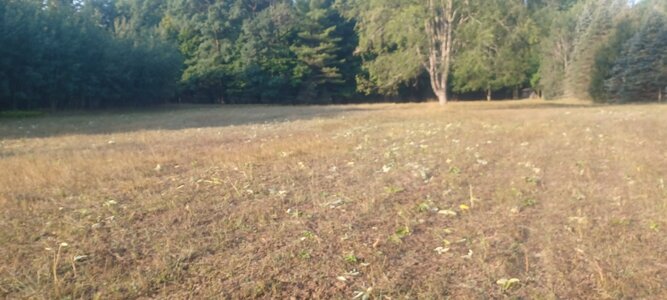Are you discing, roto-tilling or (please, no) plowing? Your organic matter numbers are pretty low and that would be the first thing I would address. Winter rye during the cold season and either buckwheat or sunhemp during the warm season would help get you back on track.
The consistent numbers from the "Boone" plot suggest you're doing well and sampling correctly, but that makes the numbers for "NOLAD" even more confusing. I would be inclined to test that plot again to see if those readings are misleading. If they come back the same, you desperately need to increase the OM in that plot.
I've disced in the past but I'm moving to "thrown-n-mow" this year to help with the OM. Unfortunately, Mississippi State just started testing for OM, so I don't know where I started but prior to 2014 this was a pine plantation, so the OM numbers aren't shocking to me. I've been growing a mix of rye, wheat and clover for the last five years and let summer weeds take over as the clover faded. I actually already have Sunn Hemp on my radar for next summer.
The crazy numbers in "NOLAD" (that would be the No Ladies food plot... which I keep telling my daughters they can't hunt) aren't totally surpising- the plot is located near a large creek that flooded last year and dumped a pretty good layer of sand and silt. I'm sure that OM will always be a struggle in that plot, with the occasional flooding making soil-building even more difficult.

